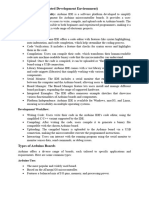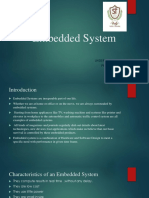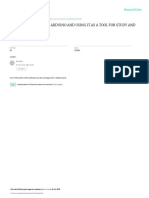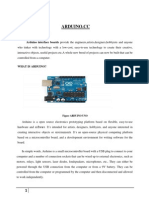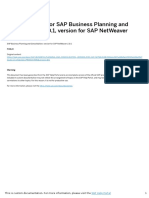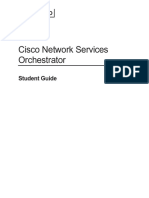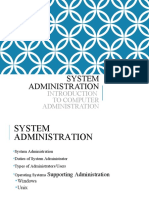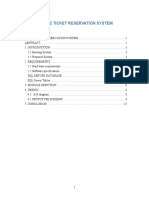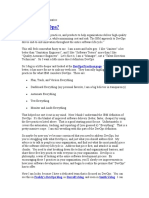0% found this document useful (0 votes)
63 views20 pagesSession - 07 - Arduino Intro. Types
The document provides an introduction to Arduino, an open-source platform used for prototyping electronics, particularly in IoT applications. It outlines the types of Arduino boards, their features, advantages, and limitations, as well as the basic functionalities they offer. The session aims to equip students with knowledge about Arduino's role in electronics and its various applications.
Uploaded by
nnkesavakumar21Copyright
© © All Rights Reserved
We take content rights seriously. If you suspect this is your content, claim it here.
Available Formats
Download as PDF, TXT or read online on Scribd
0% found this document useful (0 votes)
63 views20 pagesSession - 07 - Arduino Intro. Types
The document provides an introduction to Arduino, an open-source platform used for prototyping electronics, particularly in IoT applications. It outlines the types of Arduino boards, their features, advantages, and limitations, as well as the basic functionalities they offer. The session aims to equip students with knowledge about Arduino's role in electronics and its various applications.
Uploaded by
nnkesavakumar21Copyright
© © All Rights Reserved
We take content rights seriously. If you suspect this is your content, claim it here.
Available Formats
Download as PDF, TXT or read online on Scribd
/ 20
















